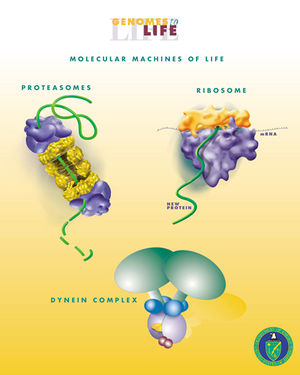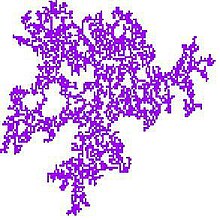
Biomedical engineering (BME) or medical engineering is the application of engineering principles and design concepts to medicine and biology for healthcare purposes. BME is also traditionally logical sciences to advance health care treatment, including diagnosis, monitoring, and therapy. Also included under the scope of a biomedical engineer is the management of current medical equipment in hospitals while adhering to relevant industry standards. This involves procurement, routine testing, preventive maintenance, and making equipment recommendations, a role also known as a Biomedical Equipment Technician (BMET) or as clinical engineering.

Biomechanics is the study of the structure, function and motion of the mechanical aspects of biological systems, at any level from whole organisms to organs, cells and cell organelles, using the methods of mechanics. Biomechanics is a branch of biophysics.
Biorobotics is an interdisciplinary science that combines the fields of biomedical engineering, cybernetics, and robotics to develop new technologies that integrate biology with mechanical systems to develop more efficient communication, alter genetic information, and create machines that imitate biological systems.
A Bachelor of Science in Biomedical Engineering is a kind of bachelor's degree typically conferred after a four-year undergraduate course of study in biomedical engineering (BME). The degree itself is largely equivalent to a Bachelor of Science and many institutions conferring degrees in the fields of biomedical engineering and bioengineering do not append the field to the degree itself. Courses of study in BME are also extremely diverse as the field itself is relatively new and developing. In general, an undergraduate course of study in BME is likened to a cross between engineering and biological science with varying degrees of proportionality between the two.
Peter W. Zandstra, is a Canadian scientist who is the Director of the Michael Smith Laboratories at the University of British Columbia.

Biological systems engineering or biosystems engineering is a broad-based engineering discipline with particular emphasis on non-medical biology. It can be thought of as a subset of the broader notion of biological engineering or bio-technology though not in the respects that pertain to biomedical engineering as biosystems engineering tends to focus less on medical applications than on agriculture, ecosystems, and food science. The discipline focuses broadly on environmentally sound and sustainable engineering solutions to meet societies' ecologically related needs. Biosystems engineering integrates the expertise of fundamental engineering fields with expertise from non-engineering disciplines.
Biomechanical engineering, also considered a subfield of mechanical engineering and biomedical engineering, combines principles of physics, biology, and engineering. Topics of interest in this field include biomechanics, computational mechanics, continuum mechanics, bioinstrumentation, design of implants and prostheses, etc. This is a highly multidisciplinary field, and engineers with such a background may enter related niche careers, e.g., as an ergonomics consultant, rehabilitation engineer, biomechanics researcher, and biomedical device engineer.

Raphael Carl Lee is an American surgeon, medical researcher, biomedical engineer, and entrepreneur.

Linda Gay Griffith is an American biological engineer, and Professor of Biological Engineering and Mechanical Engineering at Massachusetts Institute of Technology, where she also directs the Center for Gynepathology Research.
Robert M. Nerem, often referred to as Bob Nerem, a member of the U. S. National Academy of Engineering and the Institute of Medicine, held the Parker H. Petit Distinguished Chair for Engineering in Medicine and Institute Professor Emeritus at the Georgia Institute of Technology where he was an Emeritus Professor until his death.
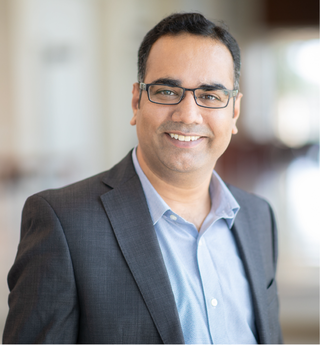
Akhilesh K. Gaharwar is an Indian academic and a professor in the Department of Biomedical Engineering at Texas A&M University. The goal of his lab is to understand the cell-nanomaterials interactions and to develop nanoengineered strategies for modulating stem cell behavior for repair and regeneration of damaged tissue.
Craig Alexander Simmons is a Canadian mechanobiologist and professor at the University of Toronto. He received a master's degree in mechanical engineering from Massachusetts Institute of Technology and a Ph.D. in mechanical engineering from the University of Toronto. Simmons contributes to the fields of mechanobiology, stem cells, microfluidics and tissue engineering.
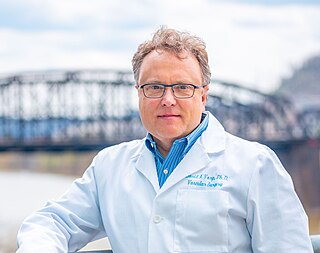
David A. Vorp is an American bioengineer, researcher, entrepreneur, and academic administrator noted for his contributions to aortic aneurysm biomechanics and pathobiology, and tissue engineered vascular grafts. He currently holds the titles of Associate Dean for Research at the University of Pittsburgh Swanson School of Engineering and the John A. Swanson Professor of Bioengineering, with secondary appointments in the departments of Cardiothoracic Surgery, Surgery, Chemical & Petroleum Engineering, and the Clinical & Translational Sciences Institute at the University of Pittsburgh. He also serves as the co-director of the Center for Medical Innovation., the acting director of the University’s GRID Institute, and the director of the Vascular Bioengineering Laboratory.
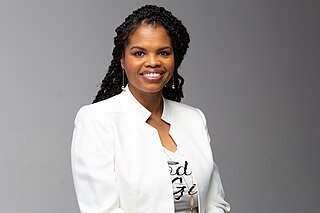
Lakiesha Williams is a biomedical engineer and an Associate Professor at the University of Florida. Williams specializes in traumatic brain injury and biomechanics. Specifically, her work involves the modelling and mechanics of soft tissue, and how outside influences affect their structure. Much of her work on repetitive brain trauma involves utilizing preclinical models to study the long term neurodegenerative effects of damages. She grew up in New Orleans, with her dad working as a carpenter. Williams went on to become a first generation college student, college graduate, and now, an Associate Professor.
Beth L. Pruitt is an American engineer. Upon completing her master's degree in manufacturing systems engineering from Stanford University, Pruitt served as an officer in the United States Navy. She is a full professor of mechanical engineering, biological engineering, and biomolecular science & engineering at the University of California, Santa Barbara. She is a fellow of both ASME and AIMBE.
Farshid Guilak is an American engineer and orthopedic researcher. He is the Mildred B. Simon Professor of Orthopaedic Surgery at Washington University in St. Louis and director of research at Shriners Hospitals for Children. He is also on the faculty of the departments of Biomedical Engineering, Mechanical Engineering & Materials Science, and Developmental Biology at Washington University.
Pavlos P. Vlachos is a Greek-American engineer, scientist, academic, and entrepreneur. He is professor in Purdue’s School of Mechanical Engineering and in the Weldon School of Biomedical Engineering, and the St. Vincent Health Professor of Healthcare Engineering. He serves as the Director for the Purdue Regenstrief Center for Healthcare Engineering (RCHE).
Dawn M. Elliott is an American biomedical engineer whose research concerns the biomechanics of connective tissue including the tendons, menisci, and intervertebral discs. She is Blue and Gold Distinguished Professor of Biomedical Engineering at the University of Delaware, adjunct professor of orthopaedic surgery at the Perelman School of Medicine at the University of Pennsylvania, and the former president of the Biomedical Engineering Society.
Kenneth Lutchen is a biomedical engineer, researcher, professor, and university leader. He was named university provost and chief academic officer ad interim of Boston University in July 2023.
